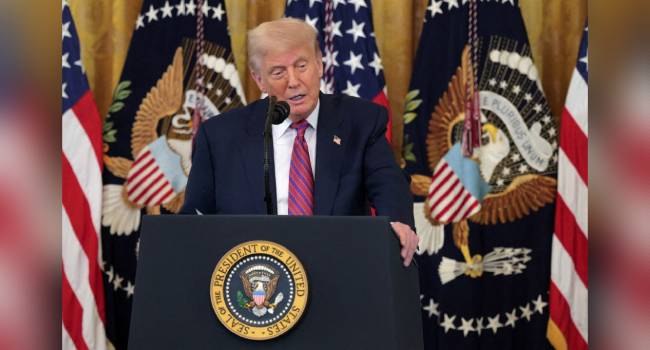Breaking New Ground in U.S.-Japan Trade Relations
President Donald Trump heralded a significant trade agreement with Japan, describing it as potentially the largest deal ever made. This agreement is part of Trump’s broader strategy to reduce the U.S. trade deficit by securing deals with key partners before the August 1 deadline.
Investment and Job Creation
Under the new deal, Japan is set to invest $550 billion into the United States, with the U.S. retaining 90% of the profits. Trump emphasized that this investment would generate hundreds of thousands of jobs, though specifics of the investment plan remain undisclosed.
Reduction in Auto Tariffs
A notable aspect of the agreement is the reduction of tariffs on Japanese automobiles and auto parts from 25% to 15%, a move that has already positively impacted Japanese car manufacturers’ stock prices.
Agricultural and Other Concessions
The deal also opens Japan to more U.S. agricultural products, including rice, a sensitive issue for Japan. Despite initial resistance, Japan has agreed to increase imports of U.S. grain within its WTO commitments.
Ongoing Trade Negotiations
While this deal marks a significant achievement, negotiations with other major trading partners like China, Canada, Mexico, and the European Union continue, with the U.S. aiming to finalize agreements before the looming deadline.



